Find here the various projects we are currently running and some projects we have completed recently.
Reef restoration, East Bali
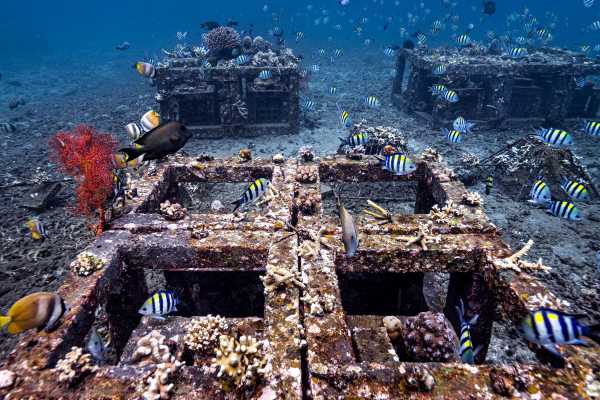
Various reef restoration projects in the Amed area in Bali (Indonesia) have been set up since beginning of 2021. We are working longterm with the local community to restore deteriorated reefs in the area.
Fish gear exchange, Watamu (Kenya)
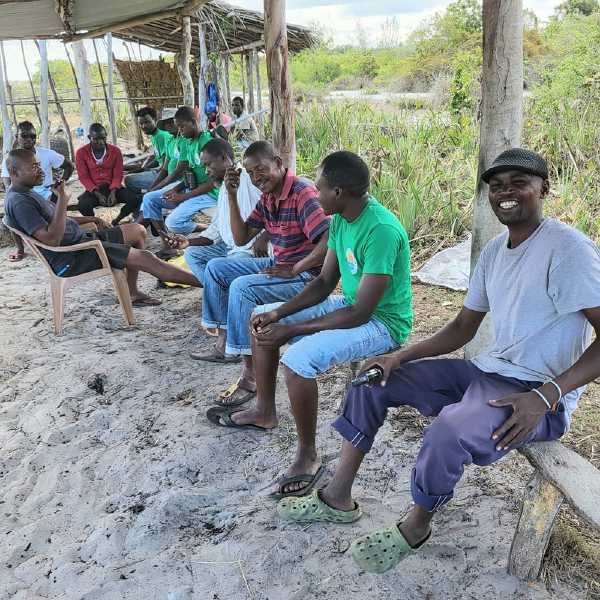
In Mida Creek in Watamu we teamed up with Bahari Hai beginning 2022 to set up awareness campaigns with the fishermen and implement a fish gear exchange program.
Mangrove conservation Cemare, Indonesia
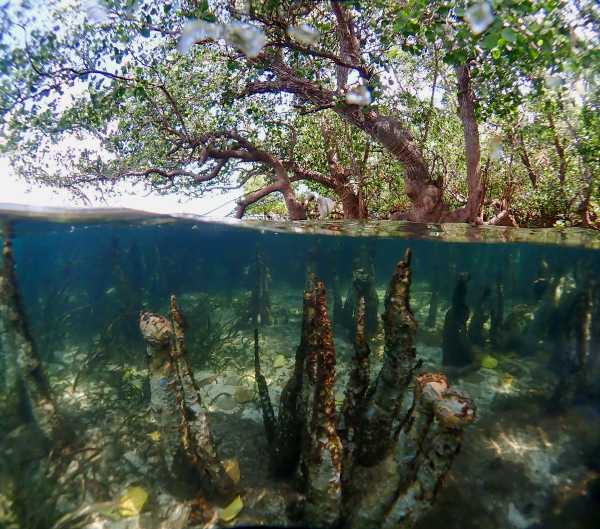
Why would we get involved in mangrove forest conservation? Mangroves are important nursery grounds for many juvenile reef fish. The complex root system of the trees provide ideal refuge. Mangroves also trap sediment and pollutants that would otherwise flow into the sensitive coral reefs. It is proven that coral reefs are healthier with a well-functioning mangrove forest nearby.
Reef protection & restoration, Bukti (Indonesia)
A responsible and proud Balinese community started to protect and conserve the local reef ecosystems of Bukti. Plans are made to establish a Locally Managed Marine Area. Coral Reef Care is proud to be part of the effort, to advise and sponsor the project.
Awareness campaigns
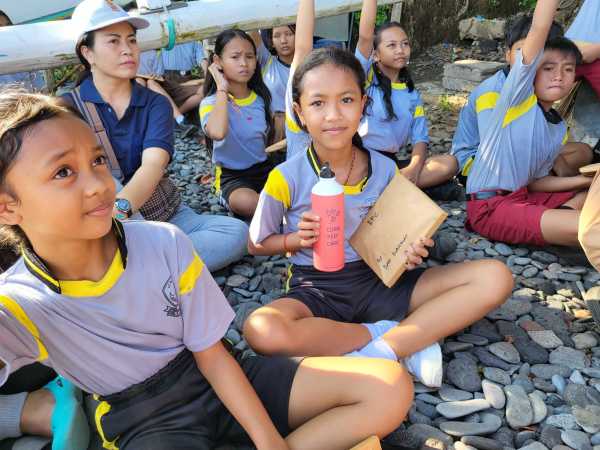
Through different media, campaigns and presentations Coral Reef Care wants to create awareness for marine issues. The ultimate goal is to initiate change with the public, politics and businesses. Everyone can make a contribution in his or her own way to stop the deterioration of our oceans and reefs.
Mangrove restoration Alor
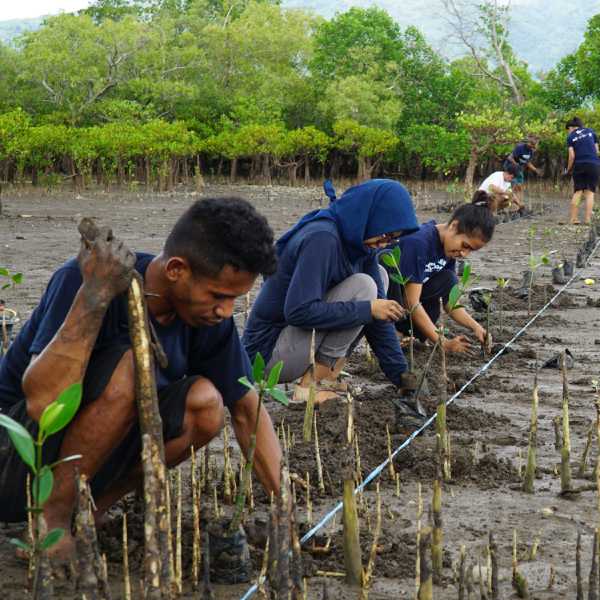
In August 2023 we started a mangrove restoration project in Alor (Indonesia), in collaboration with Thresher Shark Indonesia. Mangroves are nursery grounds for a variety of coral reef inhabitants, thus one of our priorities is their protection.
Shark/ray/skate protection, Kenya & Indonesia
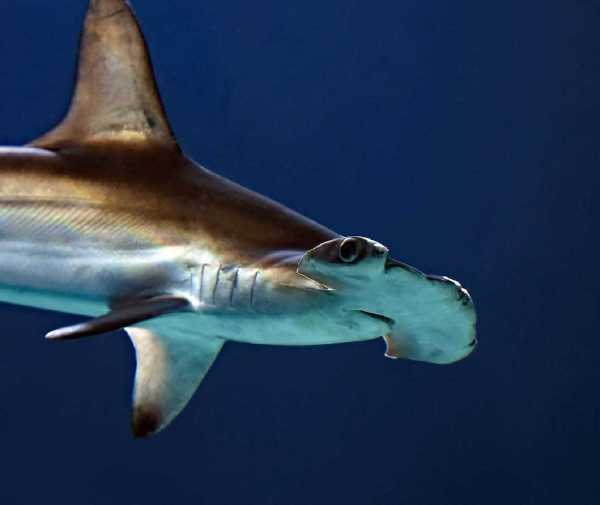
Since 2021 we are involved in elasmobranch (sharks, rays and skates) conservation programs in Kenya, and since 2024 in Indonesia. These species are heavily overfished worldwide and serious protection is crucial.
Reef protection & restoration, Pemuteran (Indonesia)
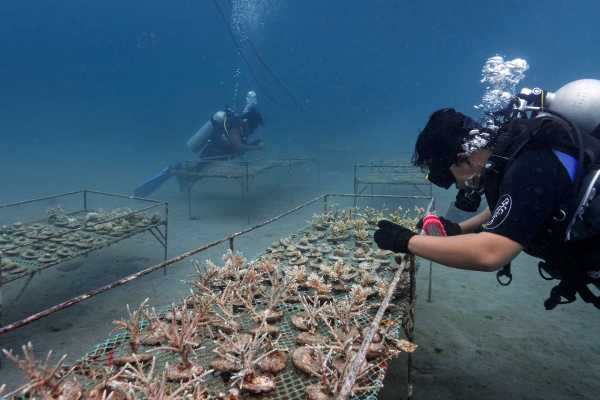
In Pemuteran in West Bali, a coral reef protection and restoration program was started in collaboration with Sahabat Alam Pemuteran in May 2021. We will first focus on 3 reefs that we see most urgent to restore. The fishing community is keen to cooperate and declared the restoration areas as No Fishing Zones.
Marine Protected Area, Sukadana (Indonesia)
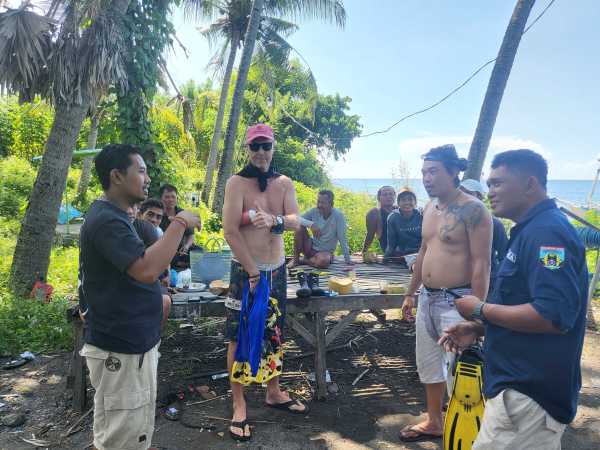
In 2022, in Sukadana, Bali (Indonesia) we set up a Marine Protected Area with the local community.
Reef restoration, Kinuni (Kenya)
In October 2019 we started the first coral farm in Kenya, near the village of Vipingo (Kuruwitu). We teamed up with Oceans Alive Kenya to conserve the pristine coral reefs in the Locally Managed Marine Area (LMMA). In the LMMA 30 hectares is a non fishing or No Take Zone in which we build a coral farm.
Marine Protected Areas
In all the areas we have projects, simultaneously we strive for more protection. By protecting a biologically significant area like a coral reef, marine life in the entire area can recover and fish stocks can increase. This is the so-called 'spill over effect'.
Reef restoration Bondalem (Indonesia)
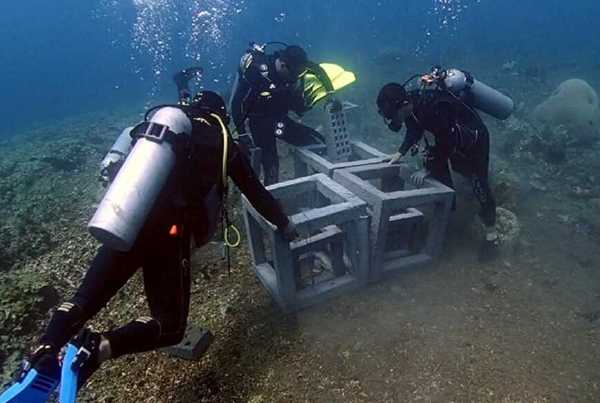
In Bondalem (Bali, Indonesia) we restored a deteriorated reef area by deploying artificial reef structures.
Reef restoration, Zanzibar
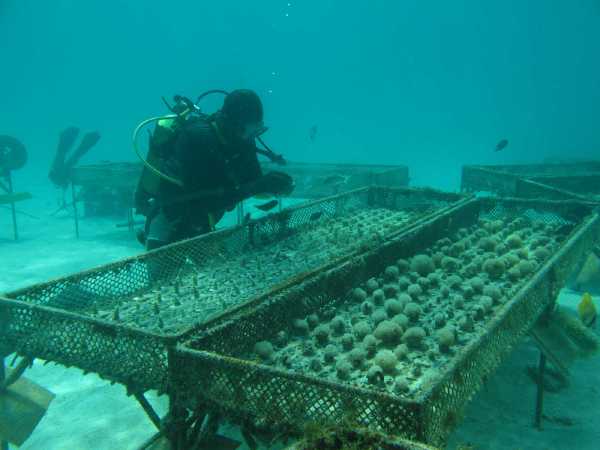
From 2012 until 2022 we worked together with Marinecultures on a large reef conservation project situated in Jambiani, Zanzibar. Read here more about coral farming.
Sinaï (Egypt)
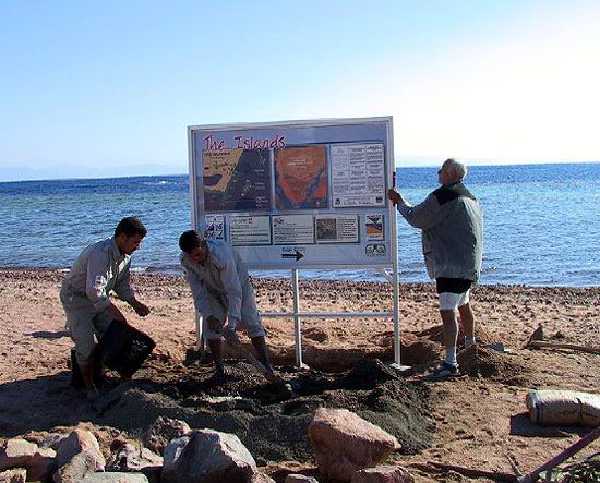
Coral Reef Care has supported projects in Dahab (Egypt-Sinaï) where signboards are placed at diving-, snorkel- and swimming sites. These signs indicate an ’easy entry’ and the ’do’s and don’ts’ of diving.
Mooring buoys
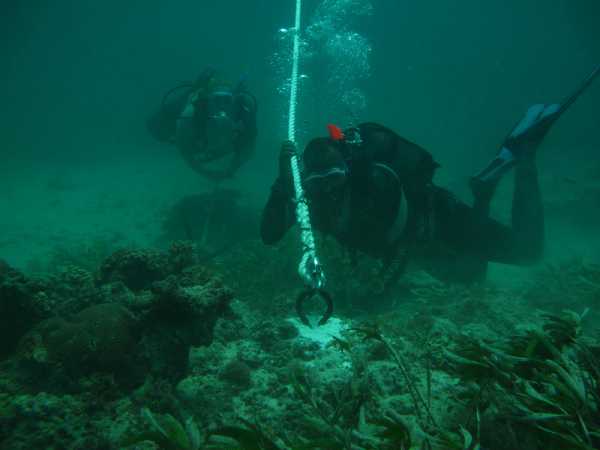
If dive/snorkel operators and fishing vessels anchor their boats, corals can easily be damaged. It’s estimated that on a frequently used site an anchor can impact an average of 7,1% of the corals on that site. Mooring buoys are a solution to this problem.






